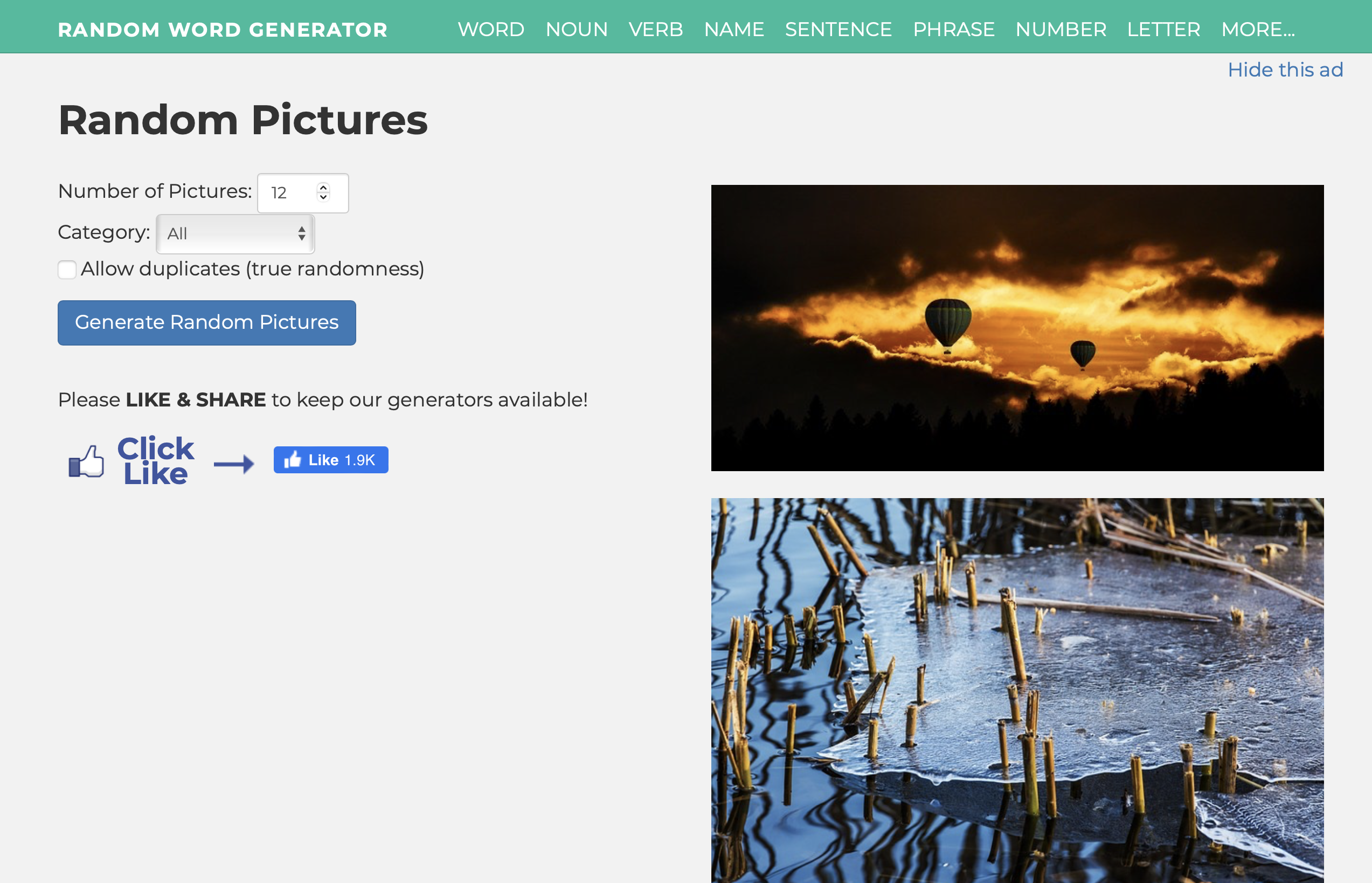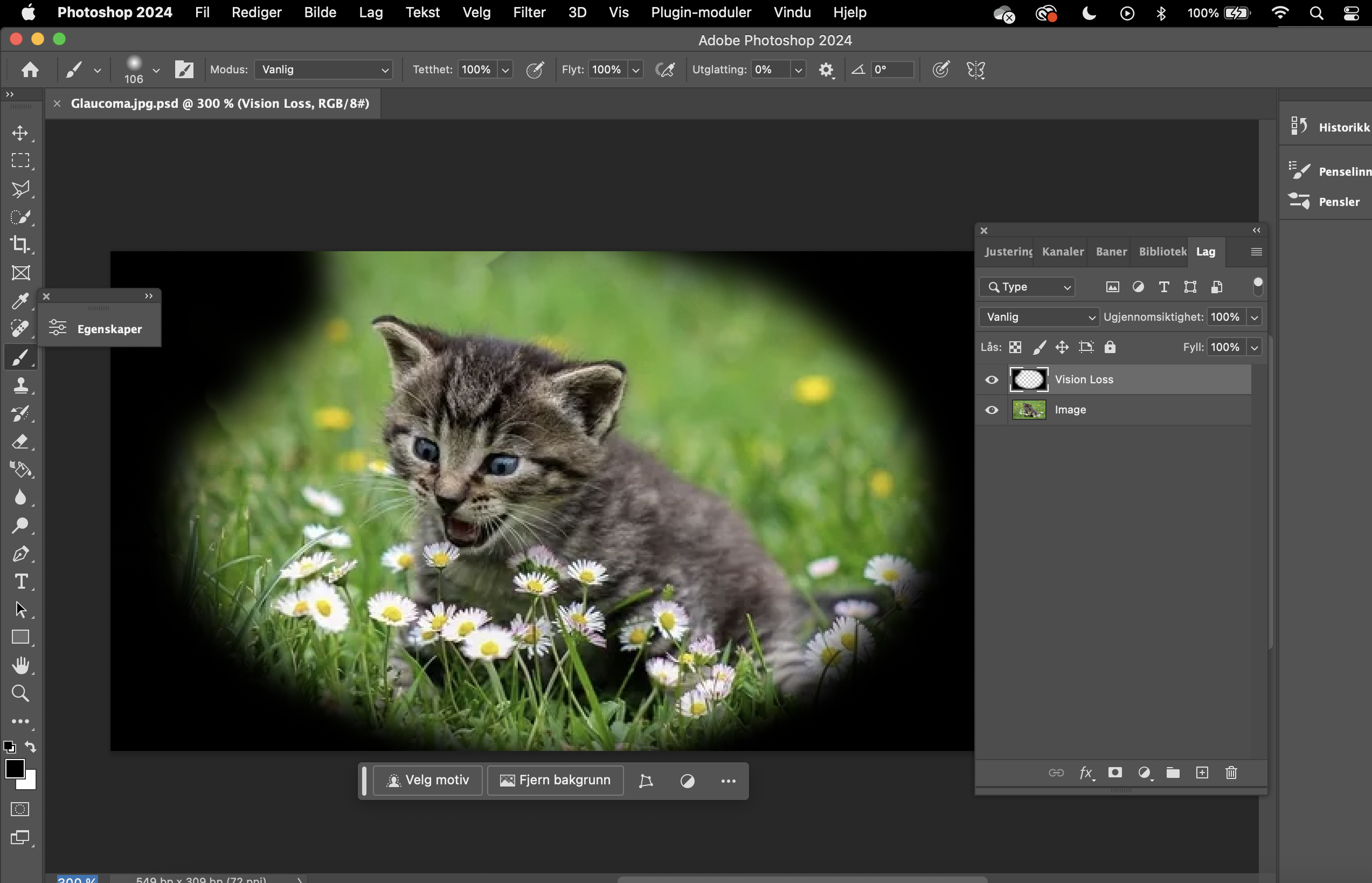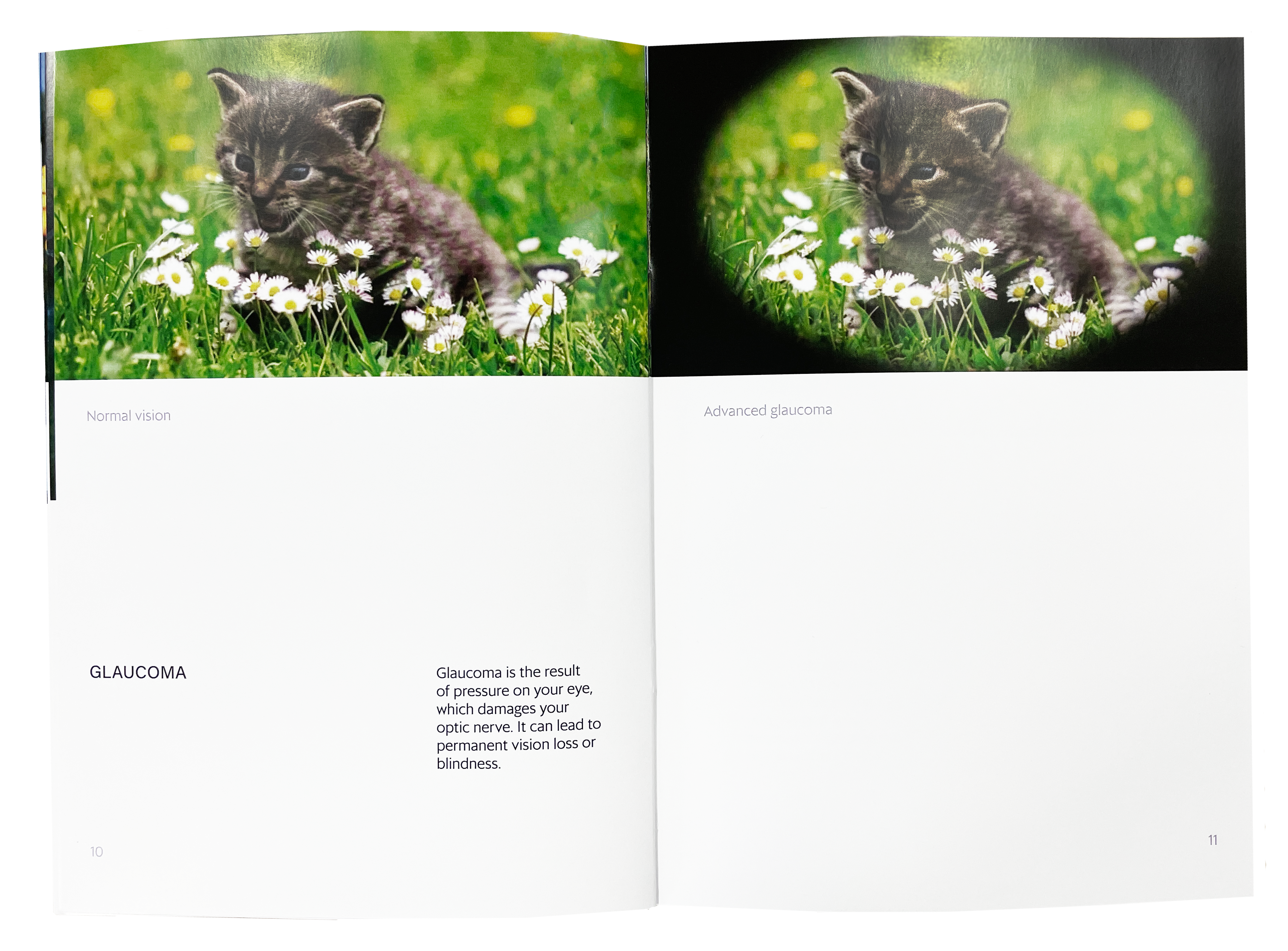WEEK 2
GATHERING INFORMATION

FEEDBACK AFTER THE PRESENTATION
It all went well, up until I proposed my new topic. Andreas found it a bit ridiculous in my decision to switch topics so suddenly. While I did agree with it, I also tried voicing my concerns about not enjoying working on the topic. In response, Andreas recommended that I stay committed to my current topic, as he found it interesting and believed it had potential. He encouraged me to step out of my comfort zone, emphasizing that not everyone can always work on projects that they 100% like.
Reflecting on Andreas’ words, I came to the realization that I often avoid exploring topics that I’m not comfortable with. Given that this project involves a vulnerable group, I admit to feeling scared about potentially doing something wrong during the process. User research should also be more carefully studied since this will affect how the user interacts with the final outcome. Even with these ethical considerations, I’ve decided to embrace this opportunity to develop my skills working for a community.
HOMEWORK
For the rest of my feedback, I was told to explore the types of visual impairments. Do I want to work on
color blindness? People with total blindness? Limited vision? 50% vision?
My homework for the next class is to make a mini booklet with pictures that compare how normal people and
visually impaired people see.


PREPARING MY MINI BOOKLET
To get a brief overview of what visual impairments exist, I gathered a list of the 12 most common ones. Since some of them are eye diseases and won’t necessarily cause vision loss, I narrowed it down to seven visual impairments. I specifically chose these to showcase the wide range of different visual impairments.

I used Photoshop to edit the photos to replicate each visual impairment. I did encounter some issues while editing, such as trying to get the photo in color blindness mode and attempting to create the vision of someone with astigmatism. Color blindness mode was eventually turned on after some help from Google. For the astigmatism issue, I used already existing photos to help me save time.
1.

Random picture generator to select a variety of images for the booklet.
2.

Color blindness mode in Photoshop.
3.

Drawing to illustrate the visual impairment, glaucoma.







For the readers who don’t know these visual impairments, I think they wouldn’t understand much. To not confuse them, I added a short description for each impairment.

WEEKLY ROUNDUP
This week was messy as I decided to move back to my initial idea. Reflecting back, I think my
temptations to stay within my comfort zone took hold of me. Thank you, Andreas, for making me think and
push myself out of it. I think the final outcome would turn out great, but I do admit that I am worried
about my lack of control and fear of the unknown.
Even so, I will embrace it for my own personal growth. Hopefully, the unknown can give me more learning
opportunities and shift my priorities and mindset to help create new ideas and experiences.



